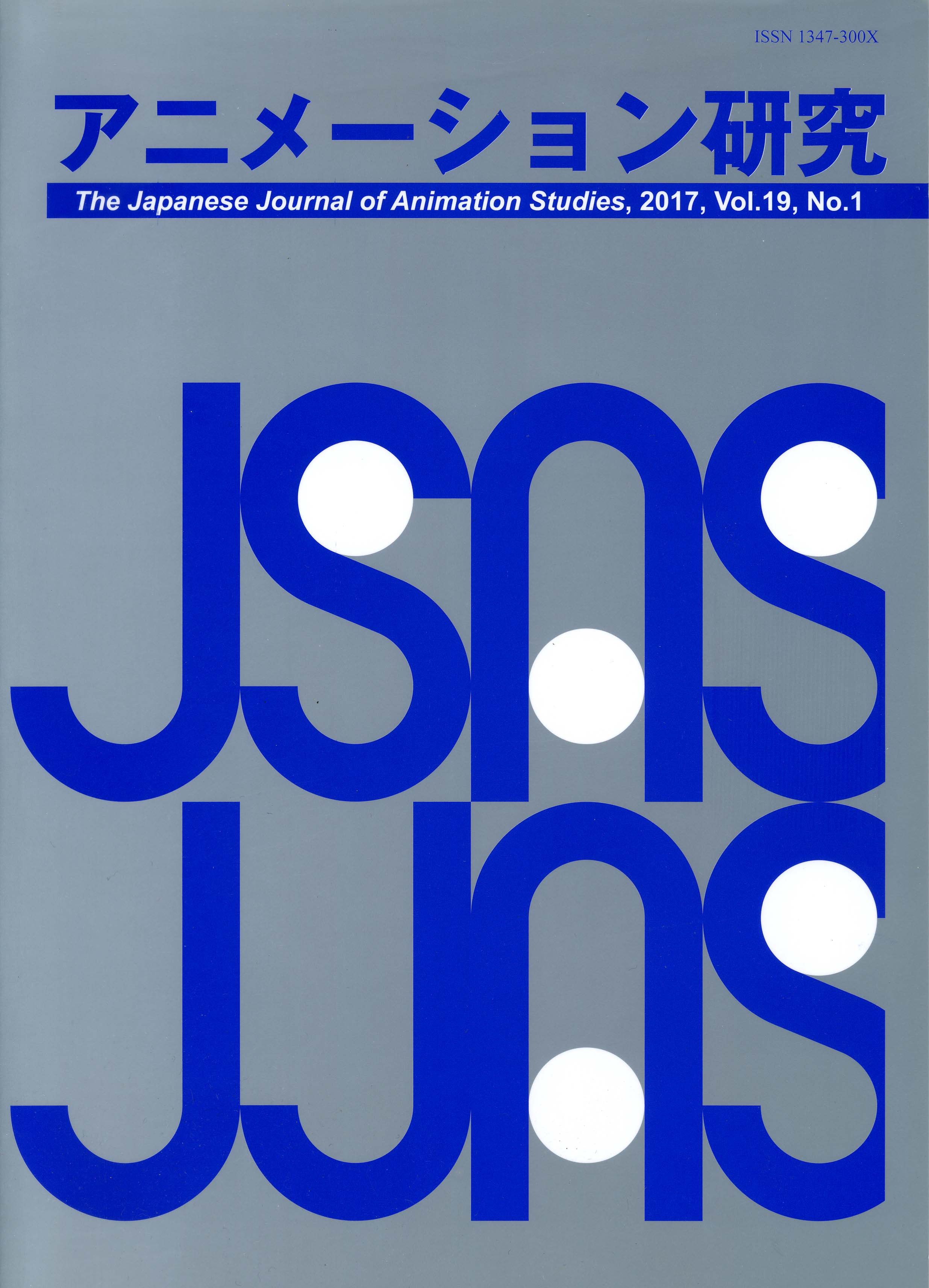Volume 17, Issue 1
Displaying 1-8 of 8 articles from this issue
- |<
- <
- 1
- >
- >|
-
2015Volume 17Issue 1 Pages 1
Published: September 07, 2015
Released on J-STAGE: February 18, 2023
Download PDF (157K)
Articles
-
2015Volume 17Issue 1 Pages 3-13
Published: September 07, 2015
Released on J-STAGE: February 18, 2023
Download PDF (1429K) -
2015Volume 17Issue 1 Pages 15-24
Published: September 07, 2015
Released on J-STAGE: February 18, 2023
Download PDF (2536K)
Research Note
-
2015Volume 17Issue 1 Pages 25-31
Published: September 07, 2015
Released on J-STAGE: February 18, 2023
Download PDF (506K)
Reviews
-
2015Volume 17Issue 1 Pages 33-35
Published: September 07, 2015
Released on J-STAGE: February 18, 2023
Download PDF (475K) -
2015Volume 17Issue 1 Pages 37-39
Published: September 07, 2015
Released on J-STAGE: February 18, 2023
Download PDF (418K) -
2015Volume 17Issue 1 Pages 41-43
Published: September 07, 2015
Released on J-STAGE: February 18, 2023
Download PDF (570K)
-
2015Volume 17Issue 1 Pages 50
Published: September 07, 2015
Released on J-STAGE: February 18, 2023
Download PDF (133K)
- |<
- <
- 1
- >
- >|
